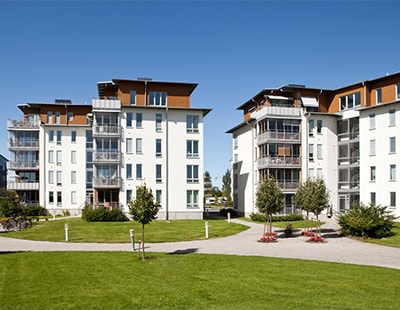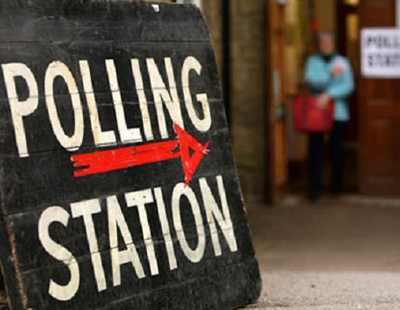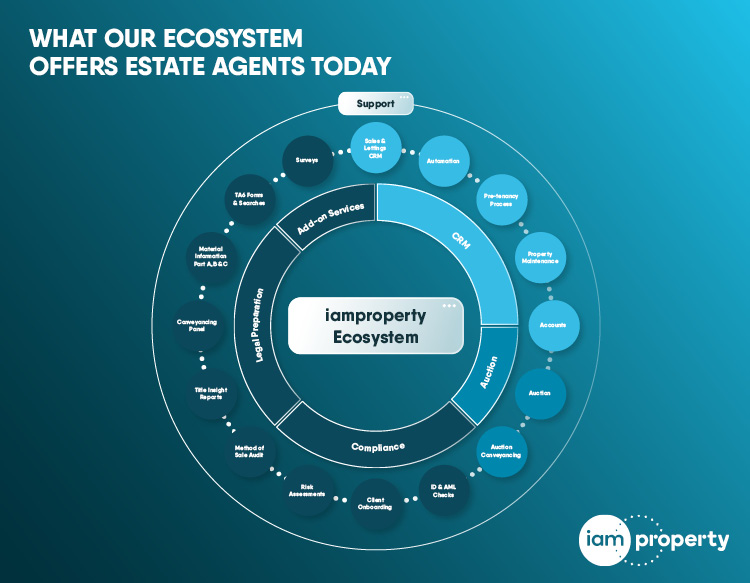To help or not to help: that is the question the government is facing with regard to under-pressure private rented sector (PRS) landlords.
Interest rate rises and cost-of-living increases have inflicted economic pain on both landlords and tenants, prompting calls for government help. And ironically, while it may seem like landlords and tenants are on opposite sides, financial help to landlords could benefit tenants and vice versa as it would lessen the pressure to raise rents.
The government has already acted to help owner-occupiers through its Mortgage Charter, which lenders signed up to at the end of June.
Included among the lenders’ pledges were:
- A resolution to allow borrowers who are up to date with payments to switch to interest-only payments for six months;
- A promise that borrowers would not be forced to leave their home (unless in exceptional circumstances) within a year of their first missed payment;
- An option for borrowers to extend their term to reduce their monthly payments.
But no such support was offered to the estimated 1.5m landlords with Buy to Let (BTL) mortgages on their properties, despite the fact that they have faced the same interest rises as their owner-occupier counterparts – on top of interest rates that are already higher for BTL products.
Earlier this month, the Bank of England Base Rate was increased to 5.25% – the 14th consecutive rise since December 2021. Many landlords have had no alternative but to pass this on to their tenants through rent increases.
Despite the economic challenges, demand for rental properties has soared to record levels – but if the pressure on landlords keeps increasing, many will exit and prospective tenants will struggle to find places to rent. Landlords face not only mortgage interest rate rises, but also rising costs of labour and materials for maintenance and repair, incoming regulatory burdens like the Renters (Reform) Bill and changes to taxation policy. They are no longer able to offset their full mortgage interest repayments against tax and now have to settle for reduced relief in the form of a 20% tax credit. And there have been changes in Capital Gains Tax too, increasing the amount of money landlords have to pay to the Treasury should they sell up.
How can the PRS be protected?
Taken as a whole, these measures have threatened the profitability of some landlord businesses and led many to consider leaving the sector.
As things stand, the PRS accounts for 4.6 million homes in the UK – just over 19% of the total housing stock, and slightly below the historic peak of around 20% in 2016 – and with a considerable lack of social housing provision (housing charity Shelter has estimated that 90,000 social homes per year are needed), Housing Secretary Michael Gove has described independent landlords as ‘vital’ in the provision of UK homes. A fall in PRS stock would only make shortages worse.
Giving landlords additional support could be seen as an unpopular ‘bail-out’, and so far the government has not asked lenders to support their BTL customers through the Mortgage Charter – although at least one bank has included them voluntarily.
But Labour’s Shadow Chancellor Rachel Reeves warned that excluding BTL mortgages from the provisions of the charter risked a ‘potential snowball problem building up’ in the PRS.
There is another way for the government to support the PRS and that is by helping the demand side of the equation –tenants who are struggling to pay their rent.
This could be done by increasing housing benefit or local housing allowance (LHA). Currently capped by the government at a level that covers only a small percentage of PRS properties completely, any rise in LHA would make it easier for tenants to meet their rent payments and, in turn, ease landlord worries over the threat of arrears and potentially expensive court proceedings.
Inevitably, this option would also have its critics because it would have to be paid for by the already stretched tax-payer. It runs the risk of increasing rents still further by injecting more cash into the sector. And what about those not receiving benefits who are nevertheless struggling to pay their bills? Would they not be disadvantaged by such a scheme?
There are no easy answers, but doing nothing also risks causing further damage to a vital sector of the UK housing market – and the clock is ticking.
The Bank of England’s Monetary Policy Committee will meet again on September 21 to decide whether a further base rate rise is necessary to reduce the ‘sticky’ inflation that has led to the UK’s cost-of-living crisis. If members decide it is, it won’t just be owner occupiers who will be hit. Landlords and tenants will suffer too and if the situation deteriorates further, the government may well come under more pressure to safeguard the PRS.
















%20-%20IMAGE%20Client%20Accounting%20%E2%80%93%20what%20are%20your%20options.jpg)


.png)
.png)
.png)
%20(002).png)






%20(002).jpg)












Join the conversation
Jump to latest comment and add your reply
Or just remove Section 24 tax? Whilst the less popular option, as it is seen as a climbdown, it makes the most sense.
Or just remove Section 24 tax? Whilst the less popular option, as it is seen as a climbdown, it makes the most sense.
Or just remove Section 24 tax? Whilst the less popular option, as it is seen as a climbdown, it makes the most sense.
Please login to comment